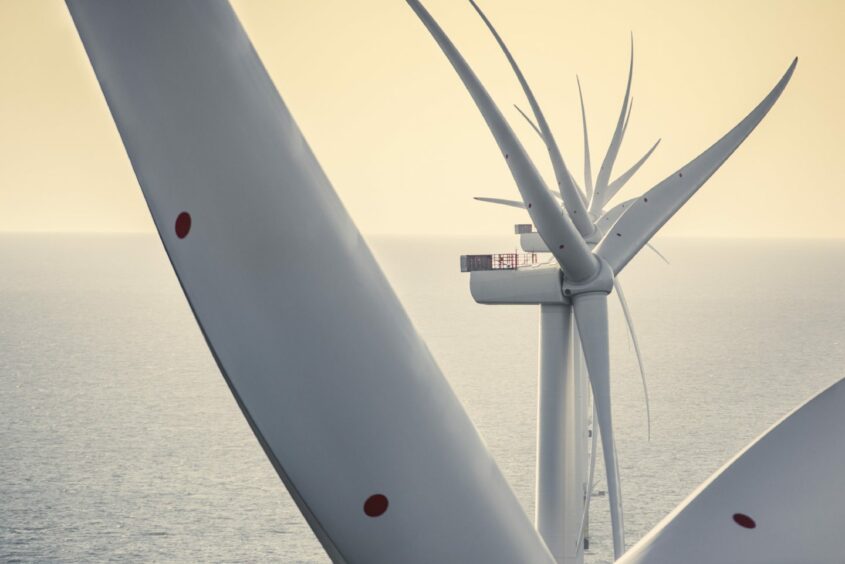
As 2022 draws to a close, the offshore wind sector in the UK stands at a hugely important inflection point, as we both acknowledge the remarkable story of success we’ve seen, but also consider the innovative solutions needed if we are to meet the challenges ahead.
Offshore wind continues to play an increasingly important role in our energy mix and wider economy, and of course the year kicked off with news of over 25 gigawatts (GW) of potential new projects coming through the ScotWind leasing process. The fact that over half of the successful applications were floating wind projects points to 2022 being a hugely significant year in the development of that technology, which holds so much potential for accelerating our energy transition.
There was no chance to catch breath though, as no sooner had this future pipeline been secured, than the UK Government upped its already ambitious deployment target for offshore wind to 50GW by 2030, including 5GW of floating wind.
The scale of the growth required to hit that target is clear and obvious. It’s a challenge that everyone involved in the sector should relish, but it’s also one which shouldn’t be underestimated.
Most importantly, we have to make sure that we do not apply today’s solutions to tomorrow’s challenges. It has taken us just over 20 years to deliver 13GW of offshore wind. We now have seven years to deliver almost three times that amount, so 2023 needs to be a year of new innovations and of establishing new ways of thinking. Industry and government each have their role to play in this, and of course ORE Catapult is dedicated to playing our part through more applied research and innovation.
For example, our own research shows that while there is high confidence in the UK supply chain, more must be done to unleash that confidence to make the huge scale of investments that will be necessary. Furthermore, there is clearly a need to attract more skilled people at all levels into the sector. We need to see a renewed focus on how we can can quickly identify and address skills gaps to create better pathways for those wishing to transition into offshore wind from other sectors, such as oil and gas.
We also need to see progress in finding ways to speed and reform the consenting process, as well tackling head on the need for innovative and collaborative solutions in relation to grid access and port infrastructure for the next generation of offshore wind.
There has been a huge amount of fantastic work done on all these issues, but more is needed. As ever, ORE Catapult will be at the heart of this, with our new £9m Floating Offshore Wind Innovation Centre opening in Aberdeen, in partnership with our colleagues at the Energy Transition Zone, helping to foster the innovative solutions to unlocking the potential of floating wind. We’ll also be opening our Digital and Robotics Engineering Centre at our main testing facility in Blyth, which will look at how the UK can stay at the cutting edge of the remarkable transformations we are seeing in the use of AI, robotics, and digital development technology within the offshore wind supply chain.
We should face these challenges ahead with confidence, and I’m looking forward to seeing the new technology and process innovations we are set to witness in 2023 which will help us take another big stride towards net zero.
Recommended for you
